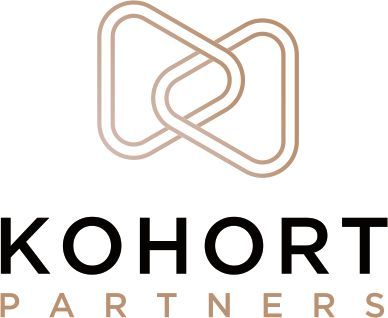The Salesforce Recruitment Landscape: A 2023 Review and 2024 Outlook
What a rollercoaster 2023 has been in the Salesforce world!
It's been quite the shift from the hiring frenzy we saw from mid 2020 to late 2022. As we wave goodbye to this eventful year, we thought to share a real and insightful overview of what has changed and why. We'll chat about how these changes have played out for companies and candidates, and more excitingly, what we think 2024 has in store. So put your feet up, grab a coffee or tea, and let’s dive in!
1. The Overall Market Shift in 2023
The year began on the heels of a hiring frenzy, a period marked by an aggressive demand for Salesforce professionals. However, 2023 brought a change in the tide, starting the year with multiple waves of redundancies from the mothership and subsequently other related companies in the salesforce ecosystem.
Given all the macroeconomic conditions of this year and therefore overall uncertainty, we have seen a preference for permanent staff over contractors, Australia wide.
Where we have seen differences is in the private sector compared to the public sector. Whilst private companies are holding tightly onto their budgets, the federal and state government are steadily continuing their investment and expansion in the Salesforce space.
Another notable trend was the return to office. After a period of remote work, the majority of companies started requiring employees to be in the office for 2-3 days a week, with expectations of this increasing in the coming year. Yet, the landscape remained diverse, with some companies operating fully remotely and others returning to the office full-time.
2. Companies: Adapting to a tighter economic environment
Companies in 2023 were cautious and many held onto their budgets, leading to delayed projects and a reduced pipeline for implementation partners. This led to a shift in focus from new projects to wrapping up existing ones and settling into a period of business-as-usual activities until new budgets are released.
Organisations that continued hiring experienced a dramatic surge in job applications – a jump from a handful to over 150 applicants per position in some cases. This surge was partly due to multiple redundancy waves within the Salesforce ecosystem, particularly affecting talent at implementation partners but also Salesforce customers of all sizes. Despite the larger pool of applicants, securing good, experienced, and committed Salesforce talent remained a challenge, as those who retained their jobs were hesitant to change roles in an uncertain market.
This meant greater challenges for some talent acquisition teams. With a significantly increased volume of applications to process, identifying the exceptional Salesforce talent remained difficult, especially under time pressure. This also highlighted the need for efficient and at times automated hiring processes.
3. Candidates: Surprises, uncertainty and navigating a more competitive landscape
For candidates, 2023 was a year of resilience and adaptation. The market saw multiple redundancies, leading to increased competition among highly skilled abd entry level professionals for the same positions. This competition, coupled with the economic slowdown, led to a softening of salaries and daily rates, a reverse trend from what we all experienced around 2021.
The rise in AI technology and higher demand for Salesforce Industries, in particular public sector solutions, offered new opportunities to learn and upskill. We have seen candidates rise to the challenge and asking lots of questions around Salesforce trends in the new year and other skills to learn outside of the pure technical landscape.
If there is one thing we can leave you guys with, is to not give up. If you keep learning, apply yourself, connect with the Salesforce ecosystem and continuously show up, you will be fine. We are here to support you along the way.
4. Looking Ahead: The 2024 Salesforce Market
Looking at 2024, we feel cautious optimism. Based on our conversations this last quarter of the year, we are expecting staggered but continuous growth. Many clients are starting their new financial years (either January, April or July) with fresh budgets and new projects on the horizon. This suggests a potentially busy year ahead, with Salesforce talent that has been waiting out the uncertain period likely to re-enter the job market.
We anticipate a continued focus on Salesforce AI Cloud and Salesforce Data Cloud, driven by increased sales activities from Salesforce itself. There will be new customers entering the Salesforce ecosystem, whilst others will continue to expand. If the current harsh and uncertain macroeconomic conditions soften, 2024 will see new energy and optimism in the Salesforce ecosystem.
I for one can’t wait for Salesforce World Tour in Sydney in February. We are excited for new opportunities, energy and excitement for both companies and candidates alike in the new year.
Conclusion
In summary, 2023 was a year of transition for the Salesforce market, where we have seen shift from a contractor demand to a preference for permanent employees. Companies are working through economic challenges, while candidates faced redundancies, uncertainty, increased competition but also new opportunities in the AI and Data space.
Looking forward, 2024 holds promise for renewed growth and enthusiasm in the Salesforce ecosystem, with both companies and candidates ready to start the new year fresh.
See you all in 2024 and at the World Tour the latest. I can’t wait to continue to work alongside you, with you and for you.
Your #SalesforceKat

